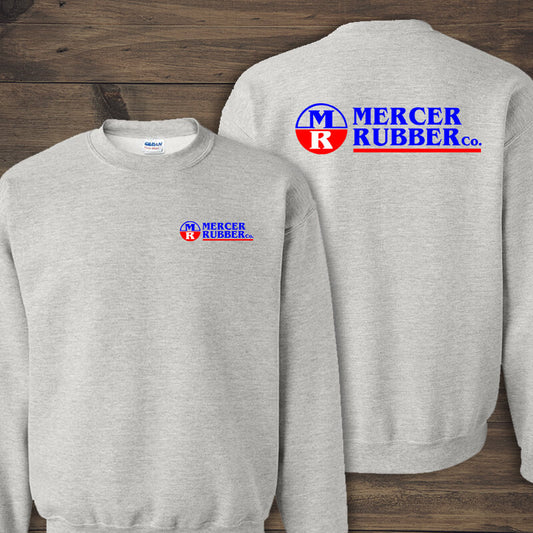What is Dye Migration?
Elena NThere are tons of terms associated with screen printing. There's everything from flashing, to dye migration, to curing, to pallet marks.
Today EZ Corporate Clothing explains dye migration. At EZ Corporate Clothing, we can screen print just about any kind of garment. However, some fabrics play nicer than others. Polyester, for example, is one fabric type to watch out for.
One reason: dye migration. Dye migration is exactly what it sounds like. Sometimes the dyes in the ink move from the fabric (where it's supposed to be) into the other ink, slightly changing the color of the other sections. Obviously, this is something we want to avoid. Dye migration typically happens during the "curing" process. That is, when we place the printed but still wet garment into a large, very hot dryer set to 320 degrees. The issue? When polyester and our ink are heated above 300 degrees, a chemical reaction occurs that causes the ink to move around. There is no method to fix this issue that works every single time, but we have some ways around it.
Both of these methods are very similar to the flashing process that we detailed in a previous blog post. The first remedy is applying a one-stoke white ink before we layer on the desired color. Since the colored ink adheres to this specially formulated white ink, it doesn't come into contact with the polyester fibers during the curing process. The second method involves a layer of a think gray underbase--kind of like that base coat you use to protect your nails before painting them a bright color. Because this is a thicker ink, we generally will only use this method on heavier fabrics like polos. We would not use this method on a thin, summer tank top.
Have more questions about the screen printing process? Give us a call at 1-877-304-1899 or email us at shop@ezcorporateclothing.com. -Michelle Giuseffi








